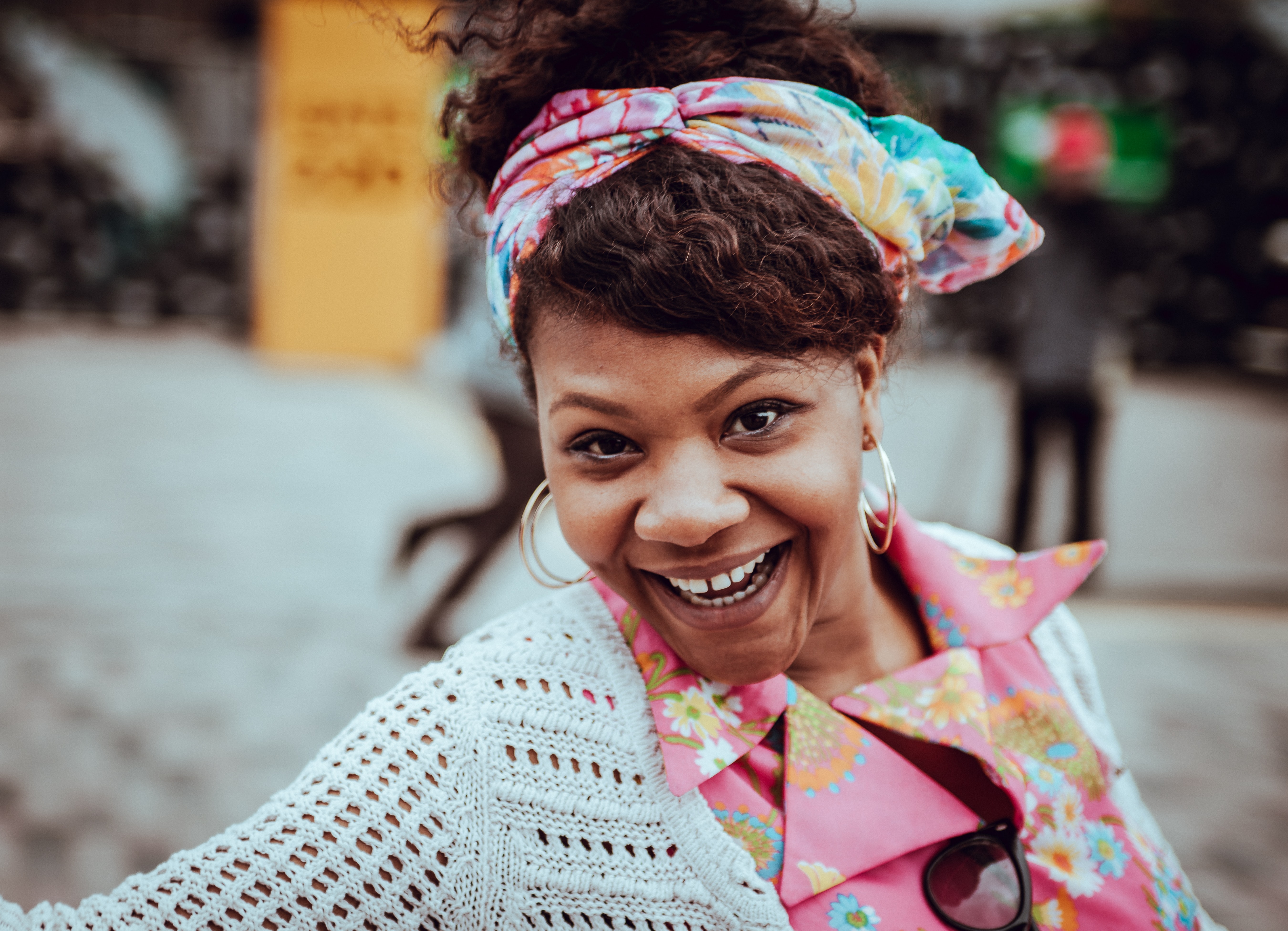The Dance of Culture and Creativity!
Dec 10, 2021
Mariah and I generally speak of creativity and culture interchangeably, and often in the same breath. While this alignment may seem obvious to many, we think it important that we pause and break this correlation down a bit.
When we think about culture, we know that it is not a static thing... culture is a moving, living entity, passed on and developed through our multiple lineages as a way of being together as humans. On a timeline, you might say that culture is occuring right now….and is inclusive of both our past and future contexts. We consciously and unconsciously inherit (and/or disavow) cultural values and beliefs from those who came before, and likewise we pass along our own cultural ways of being along to those who come after.
When we think of culture as a thing inherited from the past, due to the prevalence of dominant cultural power structures, and hierarchies of knowledge and language in particular, many of us have lost quite a bit of the cultural knowledge that might have been passed down to us. Perhaps even the cultures we've inherited do not leave us with a sense of belonging. Due to their exclusive natures, many cultural inheritances preference belonging to a fixed racial, ethnic, gender or sexual identity, for example. Culture then is not a fixed point, but something that we need to apply creativity to in order to develop societies of greater inclusion and belonging.

If culture is indeed a living, breathing entity, how do we go about living and breathing into it with more intentionality? Our answer at Studio Pathways is to apply creativity... the unique playful possibility that one's context, individual characteristics, and complex lineages feed into naturally. Culture and creativity come together at the crux of consciousness, or “knowing”….a space that lives between inherited knowledge sets and our own unique, embodied ways of being and imagining.
As “elders” for our youth, how might we better exchange our own traditional knowledge sets, curriculum, lessons and expertise with the spark of creativity that comes with youthful discovery and seeing and experiencing the world from a fresh and future-perspective? How might we choreograph our classrooms as a dance between these elements? How do we ensure that the experience of lived cultures, including the multiple cultures and subcultures that make up a child’s world, are felt as vibrant experiences in our communities and in our schools?
As educators, we can remember to apply creativity to the complexities of being culturally responsive…we can make things up, and better yet we can make use of the methods and forms of discovery that have been passed down to us. These can include our own and our student’s cultural ways of knowing and understanding, and also our artistic, mathematical and scientific cultures, our family and friend cultures, and even what Zaretta Hammond refers to as "surface culture" (including our food and fashion cultures), etc. When we make room for our students to experience individual and collective creative practice, or artistic research at this intersectionality of cultures, we create classroom practices where "knowledge" becomes embodied as "knowing"...and as both creative and cultural power.
Jessa Brie, Dec. 6th 2021

